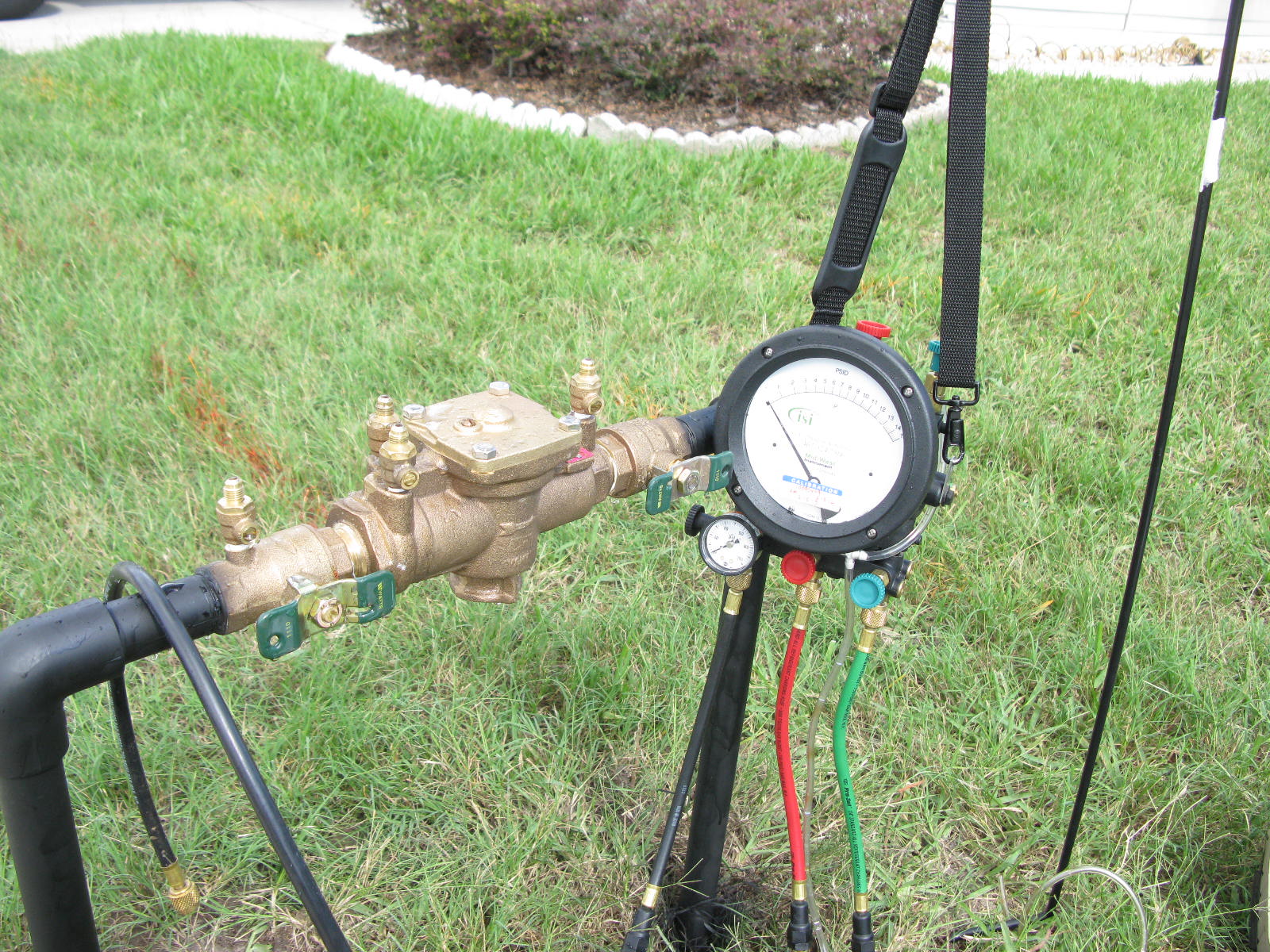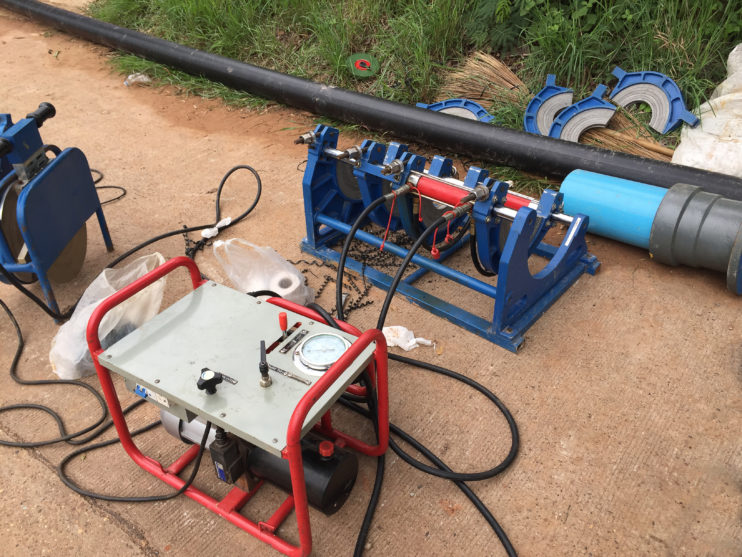Is Backflow Testing Advisable for My Water
Is Backflow Testing Advisable for My Water
Blog Article
We have found this great article about Backflow Prevention below on the web and concluded it made sense to write about it with you on this site.

Yes, you need to backflow examination your home's water system to ensure that the water is devoid of toxic substances as well as dangerous degrees of chemicals. You should not try to execute heartburn testing on your own because of the devices needed as well as space for mistake. We suggest that you call a specialist plumber every couple of years to examine your water.
What is Heartburn?
Simply put, backflow is when water moves upwards-- the opposite instructions in the plumbing system. This is additionally called "backpressure." When the water relocates this direction, it can mix with hazardous toxic substances and present a risk.
What Causes Heartburn?
A normal cause of backflow is a loss of water stress that causes the water to siphon back into the water system. An example is cleaning out a paint bucket using a pipe. You fill the paint container up with water, leaving the pipe in the bucket. After time, there is a loss in water stress as well as the hose pipe begins to draw the water back right into the water system. As you can think of, there are now chemicals from the paint that are getting in the water supply, potentially posing a risk. Unfortunately, many individuals are not also knowledgeable about backflow screening, however there are several reasons why it's so important.
Backflow Screening is Required by Legislation in Specific Cities
Depending on where you live, you might in fact be needed by legislation to backflow test your regulation. Iowa City maintains a document of all residential properties served by the city's water supply. The city calls for that certain "high-hazard" centers go through heartburn testing. Sometimes, residential properties such as houses and also apartment buildings are influenced.
You Can Protect Against Backflow
If you have an expert plumber install a heartburn device, harmful heartburn is conveniently preventable. The plumber will certainly also check for backflow and identify if there is an active threat. The primary purpose of a heartburn device is to stop water from moving backward right into your supply of water. Plumbing professionals set up the tool on the pipes in your residence to make certain that the water just streams in the correct instructions.
Heartburn Can Influence Both You and Your City
Many cities establish backflow guidelines because harmful backflow can affect the public water supply in addition to a single structure. Luckily, contemporary cities have backflow devices in position that safeguard the water that originates from a lot of residences and also industrial properties. The actual threat comes from watering systems, which can hurt the water supply with toxic fertilizers, manure, and other chemicals.
Call a Plumber to Test for Heartburn Prior To It is Too Late
A plumbing company can swiftly test your home's water to figure out if there are any kind of dangerous chemical levels. And also if you do discover that your water has high levels of contaminants, a plumber can easily set up a backflow prevention tool.
Yes, you need to backflow test your house's water supply to ensure that the water is totally free of contaminants and hazardous degrees of chemicals. A regular reason of heartburn is a loss of water stress that causes the water to siphon back into the water supply. After some time, there is a loss in water stress as well as the pipe starts to draw the water back right into the water supply. The main purpose of a heartburn tool is to stop water from streaming backward into your water supply. Many cities develop backflow standards because hazardous backflow can influence the public water supply in addition to a single building.
WHY DOES BACKFLOW TESTING NEED TO BE DONE EVERY YEAR
What Is Backflow?
Toxic gas backing up into a building is one example of potential backflow issues, but backflow can occur in many other ways.
Backflow is generally referred to as the reversal of a liquid or gas in a plumbing system.
Most issues for the public occur with backflow resulting in contaminated drinking water. If you look up backflow issues online you’ll probably find references to “potable” water. That means drinking water.
There have been backflow issues in the past with drinking water. Chemicals, sewage and other contaminants have found their way into drinking water causing health issues for those that count on the fresh water.
What Causes Backflow?
In a residence or commercial building water generally flows one way. This normal flow is usually driven by consistent pressure in the water and waste system.
Anything that changes the normal pressure in the system can lead to backflow.
Fire hydrant use or malfunction can reverse the normal pressure in the system on a city line, but backflow can occur in a number of different ways.
Sometimes backpressure might be caused by someone using a garden hose and submerging the end of the hose in a pool of liquid. If pressure is lost the flow could reverse and contaminants could be released into the drinking water.
Anytime there is a connection between contaminants and the drinking water there is potential for a backflow issue. Sometimes these connections are not immediately obvious like the garden hose connecting to a building’s drinking water supply.
Backflow Regulations
The Environmental Protection Agency (EPA) provides guidelines and regulations for state and local governments regarding backflow. State and local governments also have their own guidelines and regulations for backflow prevention.
Arizona has its own backflow regulations.
Due to issues with backflow in the past, regulations require backflow preventer devices to be used in nearly all residential and commercial buildings.
A backflow preventer is a device that prevents backflow as cross-connection points where potential backflow issues may occur.
While backflow is not a common occurrence, preventers are in place to make sure there is no contamination should something malfunction or go wrong with a building’s water supply.

Do you like more info about Backflow Testing? Put a remark further down. We would be delighted to hear your views about this review. Hoping that you come back again in the future. Sharing is good. Helping others is fun. Many thanks for your time. Come back soon.
Make An Appointment Report this page